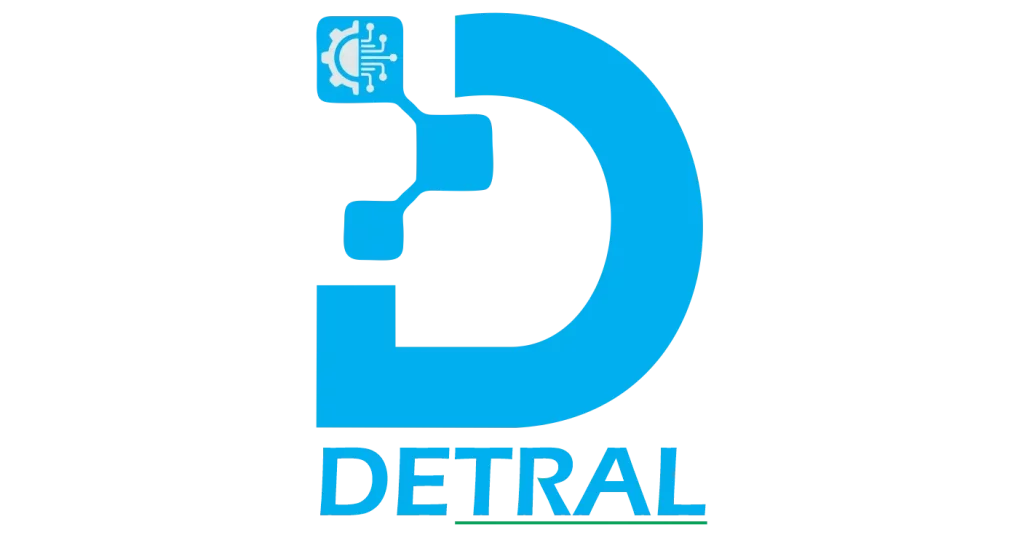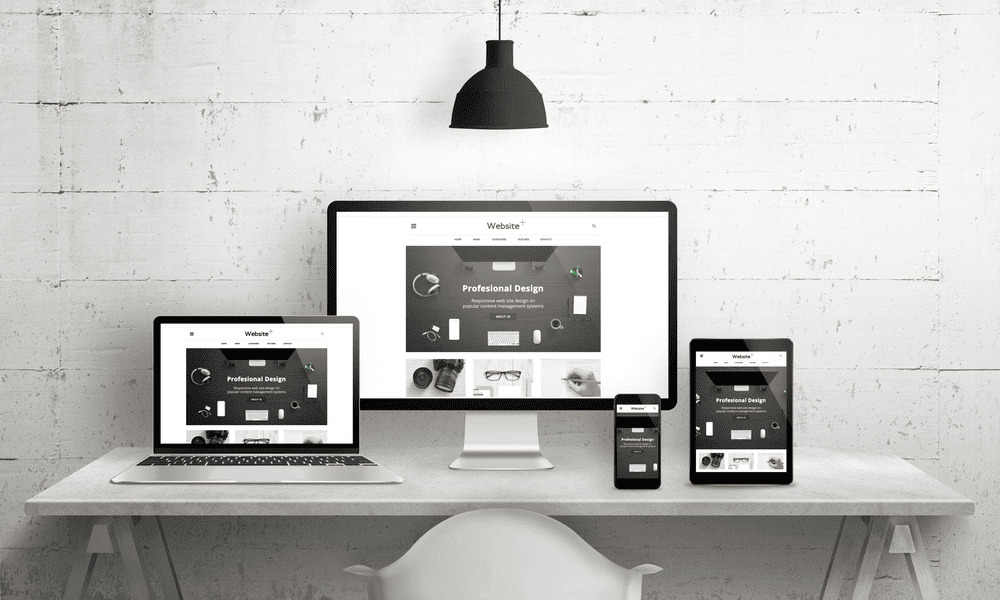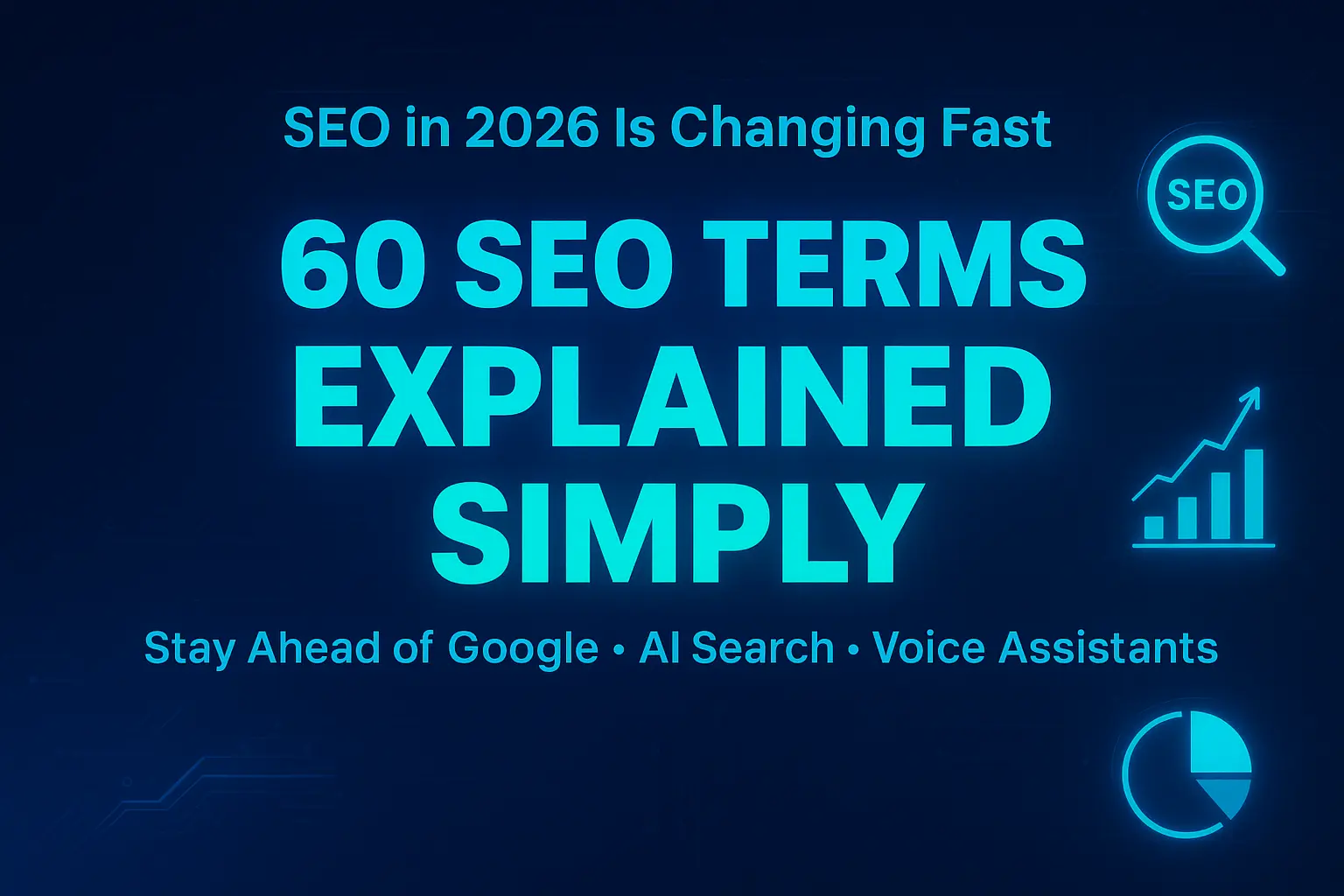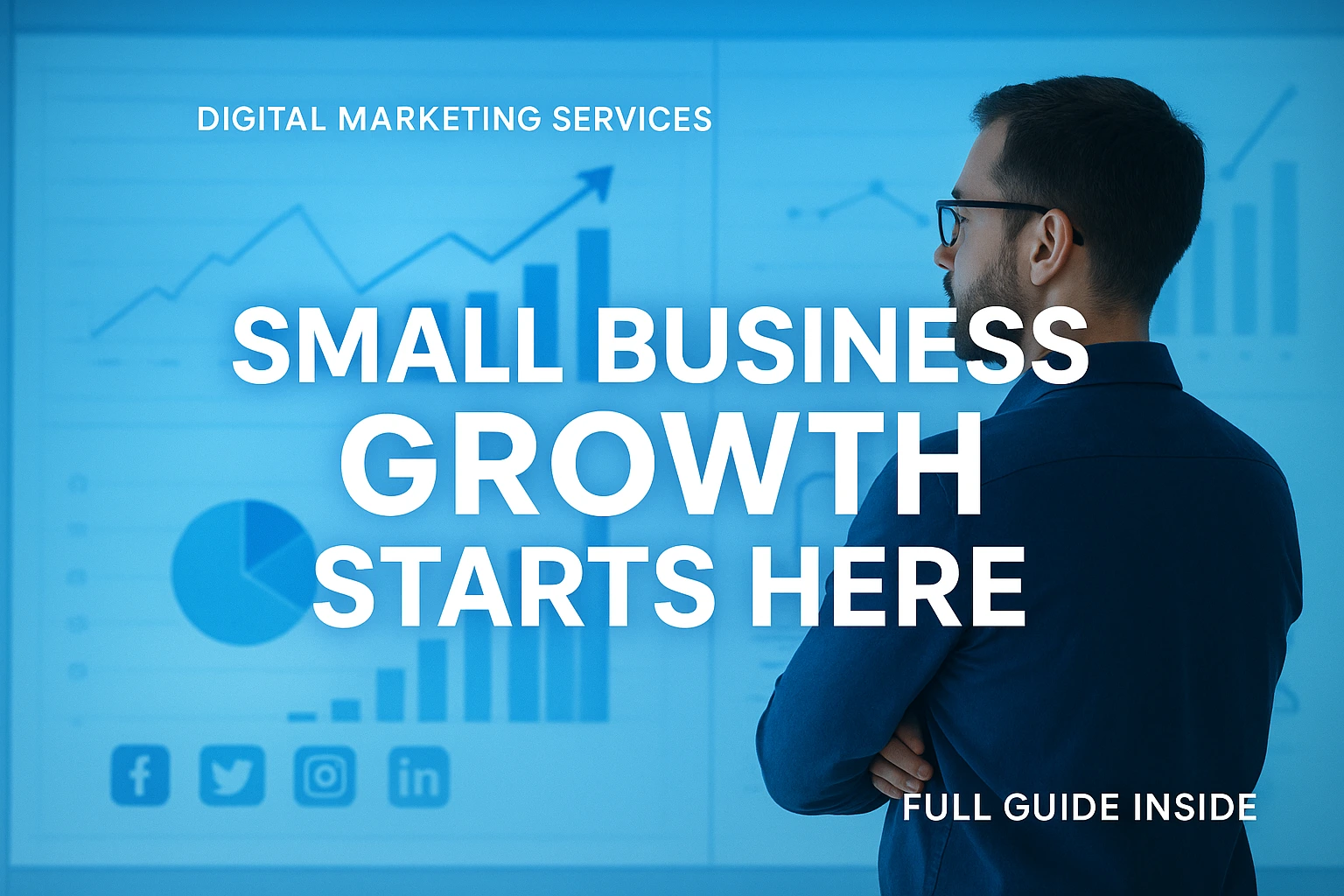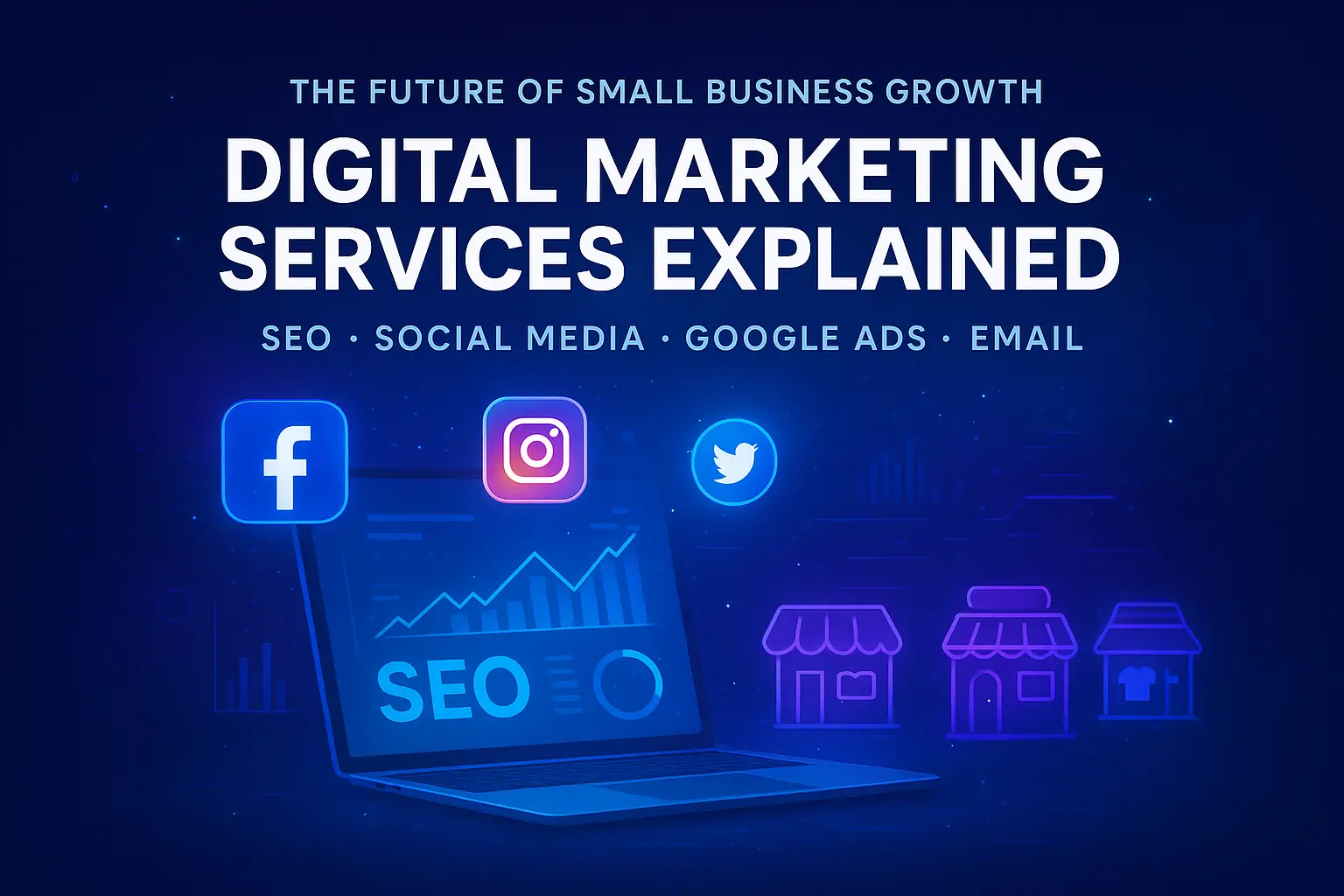When it comes to e-commerce, your website is your storefront. Imagine walking into a shop where things are scattered everywhere, the lighting is bad, and the salespeople are nowhere to be found. That’s what a poorly designed e-commerce website feels like. A good e-commerce site should be more than just visually appealing—it should be a smooth and effortless experience for your customers. In this article, we’ll explore why e-commerce web design matters, the role of an e-commerce web designer, and how choosing the right e-commerce web development services can transform your business.
Table of Contents
ToggleWhy Does E-Commerce Web Design Matter?
The design of your e-commerce website can make or break your business. It’s more than just picking colors and fonts. Your website is your first impression—it’s how customers judge your credibility. Poor design leads to frustrated users, abandoned carts, and lost revenue. Good design, however, enhances user experience, simplifies the buying process, and boosts your sales.
The Role of an E-Commerce Web Designer
An e-commerce web designer is like the architect of your online store. They don’t just make things look pretty; they craft a layout that makes sense, ensures smooth navigation, and keeps the customer engaged. These designers understand the importance of a seamless user experience (UX) and are skilled in user interface (UI) design that looks stunning and works efficiently.
UI/UX: The Heart of E-Commerce Web Design
UI (User Interface) focuses on the visual elements—buttons, colors, typography—while UX (User Experience) is all about how the site feels to use. Both are critical. Imagine a website that looks amazing but is frustrating to use. No one would stick around long enough to make a purchase. A good e-commerce web designer combines both to ensure the site is easy to use and visually compelling.
What is E-Commerce Web Development?
Once the design is in place, you need to bring it to life with e-commerce web development. This is where the developers come in. They’re the ones who make the site function—handling everything from coding the backend to ensuring your payment gateway works smoothly.
E-Commerce Web Development vs. Design: What’s the Difference?
While e-commerce web design is focused on how the site looks and feels, e-commerce web development is all about making sure it works properly. Think of it as the difference between a blueprint and construction. You can have the best design in the world, but if the site doesn’t work, it’s useless.
How an E-Commerce Web Development Company Can Help You
Hiring an e-commerce web development company can save you time, energy, and headaches. These companies have teams of experienced developers who specialize in building functional, responsive, and secure e-commerce websites. They handle everything from custom code to integrating third-party tools and services.
The Importance of Responsive Design
With so many people shopping on their phones, responsive design isn’t optional—it’s essential. A responsive website adapts to any screen size, whether it’s a smartphone, tablet, or desktop. If your site doesn’t look good on mobile, you’re losing customers.
Security in E-Commerce Web Development
Let’s face it—no one is going to enter their credit card details on a sketchy website. Security is critical in e-commerce web development. Ensuring that your site has SSL certificates, secure payment gateways, and compliance with data protection regulations like GDPR is non-negotiable.
What to Look for in an E-Commerce Website Designer
When choosing an e-commerce website designer, you’re looking for more than just someone with an eye for design. You want someone who understands the unique challenges of e-commerce: user flow, product showcasing, checkout processes, and security.
Portfolio and Experience
Always ask to see a designer’s portfolio. Do they have experience with e-commerce? Do their designs align with your vision? Look for variety in their past projects—it’s a good sign that they can adapt to different industries and audiences.
Understanding Your Business Goals
A good e-commerce website designer doesn’t just design for the sake of it. They take time to understand your business goals and create a website that helps achieve them. Whether it’s driving conversions or improving customer engagement, the design should align with what you want to accomplish.
The Process of E-Commerce Web Development
So, how does it all work? Let’s break down the steps involved in e-commerce web site development:
Step 1: Planning and Research
Before the coding starts, there’s a lot of planning involved. What kind of features do you need? What’s your target audience? How will you manage inventory and shipping? All these questions need to be answered before moving forward.
Step 2: Design Mockups
Once the planning is done, the e-commerce web designer creates mockups of what the website will look like. These aren’t functional yet, but they give you an idea of how the site will look and feel.
Step 3: Development and Coding
Next, the e-commerce web development team takes the design and turns it into a fully functioning website. They write the code, integrate any necessary plugins or third-party tools, and ensure everything works smoothly.
Step 4: Testing
Before launching, thorough testing is crucial. The development team will check for bugs, ensure all features are working, and verify that the website is secure and responsive.
Step 5: Launch and Optimization
Once everything is tested, it’s time to launch. But the process doesn’t end there. Post-launch, you’ll need to optimize the site based on customer feedback and usage data. Maybe the checkout process needs streamlining, or the mobile version could use some tweaks.
Why You Need a Professional E-Commerce Web Development Company
Some people think they can build their own website using DIY tools. And while that’s possible, there’s a reason why hiring a professional e-commerce web development company makes sense. Professionals bring expertise, save you time, and ensure your website is secure, fast, and optimized for conversions.
Customization and Flexibility
DIY platforms are great, but they come with limitations. A professional e-commerce web development company can offer custom solutions tailored to your specific needs. Need a unique feature? No problem. Want to scale your business later? They’ve got you covered.
SEO and Marketing Integration
A good e-commerce web development company understands that building the site is just the first step. The site needs to be optimized for search engines (SEO) to bring in traffic and integrated with your marketing tools for tracking, promotions, and campaigns.
The Future of E-Commerce Website Development
E-commerce is evolving rapidly, and so is website development. From AI-driven personalization to AR/VR shopping experiences, the future of e-commerce web development is exciting. Keeping up with these trends will help your business stay ahead of the competition.
How AI is Shaping E-Commerce Web Design
AI is playing a huge role in e-commerce web designing. From chatbots that help customers 24/7 to personalized product recommendations, AI is changing the way customers shop online.
Augmented Reality: The Next Big Thing
Imagine being able to “try on” clothes virtually or see how a piece of furniture would look in your home before you buy it. AR is the next big leap in e-commerce web development, offering customers a more interactive and immersive shopping experience.
Conclusion
A well-designed and developed e-commerce web design can transform your business. Whether you’re looking to boost sales, improve customer satisfaction, or simply make your site more user-friendly, investing in a professional e-commerce web development company is worth every penny. It’s not just about making a good first impression—it’s about building long-lasting customer relationships.
